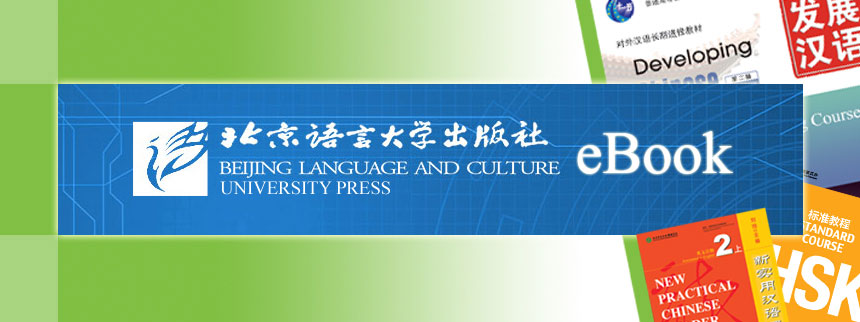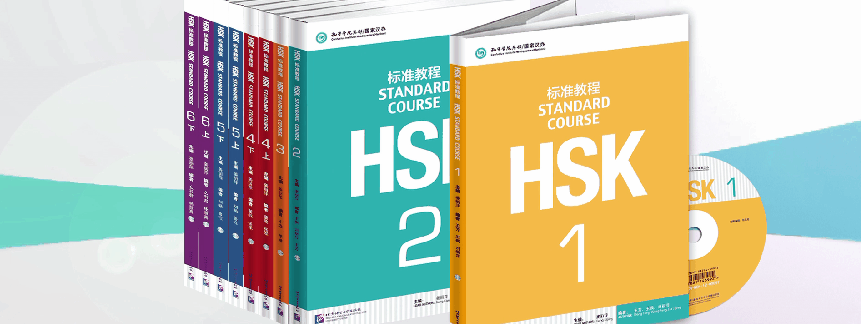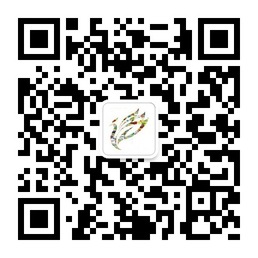Online Bookstore
Compound Phrases and Compound Sentences
Author:Liu Huiqing, Liu Chunguang
- Medium:Books
- ISBN: 9787561965658
- Page Count: 227
- Size:
- Pub Date:2024-07
- The book weight: 445 g
- Annotation Language:
- Course:Non-textbook
- Target Audience(Age):
- Target Audience(Language):
- Subject Zone: Series of Teaching Foreigners Chinese Grammar
- Price:
-
Category: Academic Research














